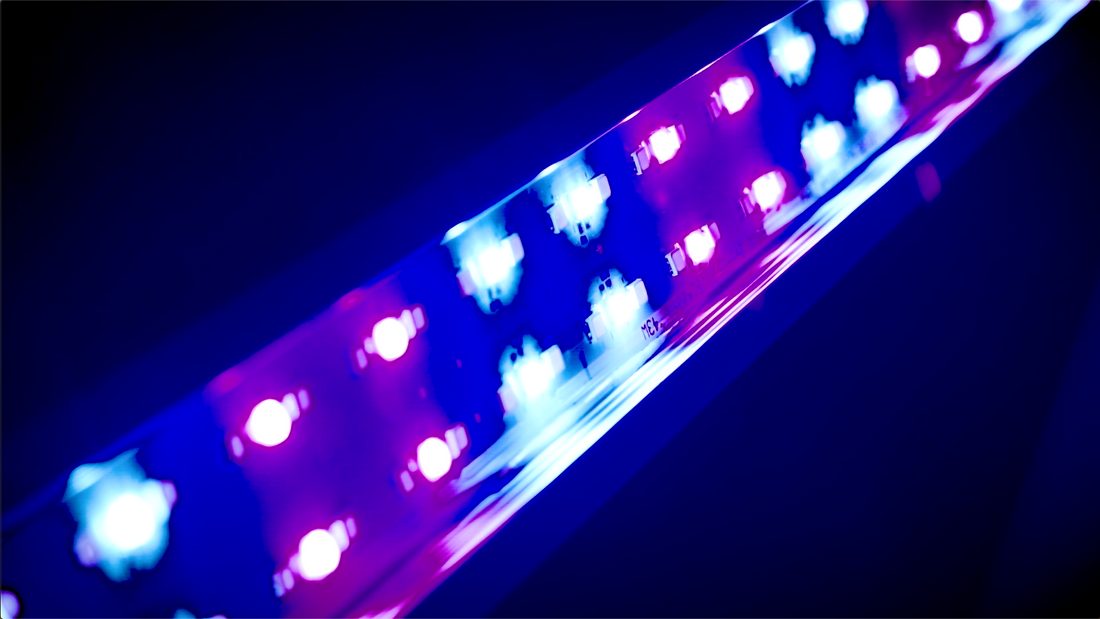
How Does Blue Light Disinfection Work?
Share
The science behind antimicrobial blue light (aBL)
Antimicrobial blue light (aBL) disinfection uses visible light in the violet-blue spectrum - typically around 405 nm and 450 nm - to inactivate bacteria, yeast, and mold as well as several viruses.
Unlike ultraviolet (UV-C) light, which damages DNA and cannot be used in occupied rooms, blue light works by exciting naturally occurring molecules called porphyrins and flavins inside microbial cells. When these porphyrins and flavins absorb blue light energy, they produce reactive oxygen species (ROS) that destroy the cell from within.
- For a list of key review articles on antimicrobial blue light (aBL), see our science section.
Continuous protection in everyday environments
Because this mechanism relies on visible light, it is completely different from UV. Blue light can be used safely while people are present, offering continuous antimicrobial activity between manual cleaning and chemical disinfection rounds.
Our patented Spectral Blue MWHI® (Multi-Wavelength High-Intensity) technology combines two wavelengths - 405 nm and 450 nm - to broaden the effect and reach a wider range of microorganisms. The result is constant reduction of microbial load on surfaces and in the air, especially in critical areas such as cleanrooms, laboratories, and food processing zones.
- How Spectral Blue MWHI® multi-wavelength blue light works - watch the short video
- What are the differences between blue light and UV? Read our article comparing them.
Proven and trusted
The effectiveness of antimicrobial blue light has been confirmed in numerous scientific studies. Independent tests with Spectral Blue technology have shown clear reductions in Listeria monocytogenes, Staphylococcus aureus, E. coli and other common contaminants - without interrupting daily operations.
- See our customer testimonials and laboratory test results for more information.
